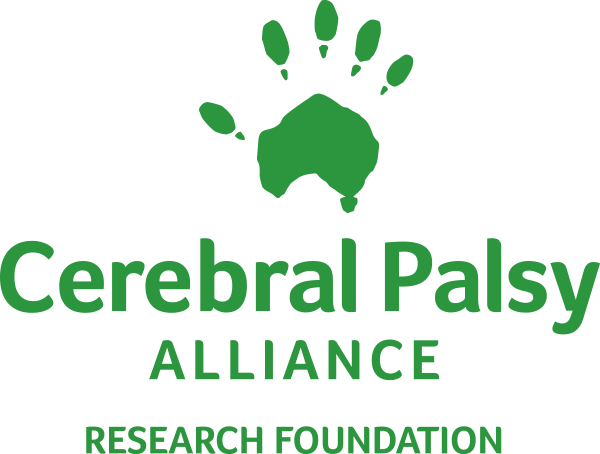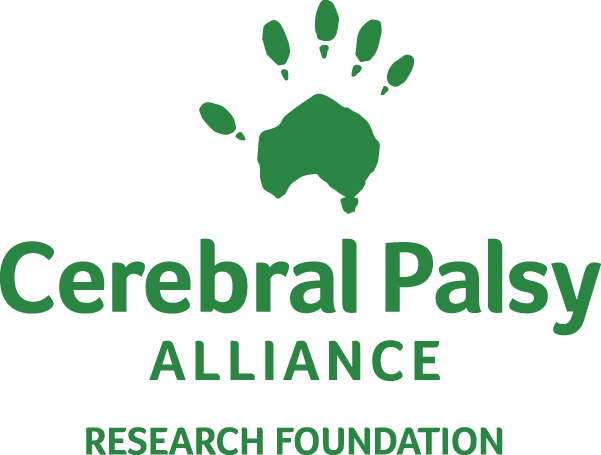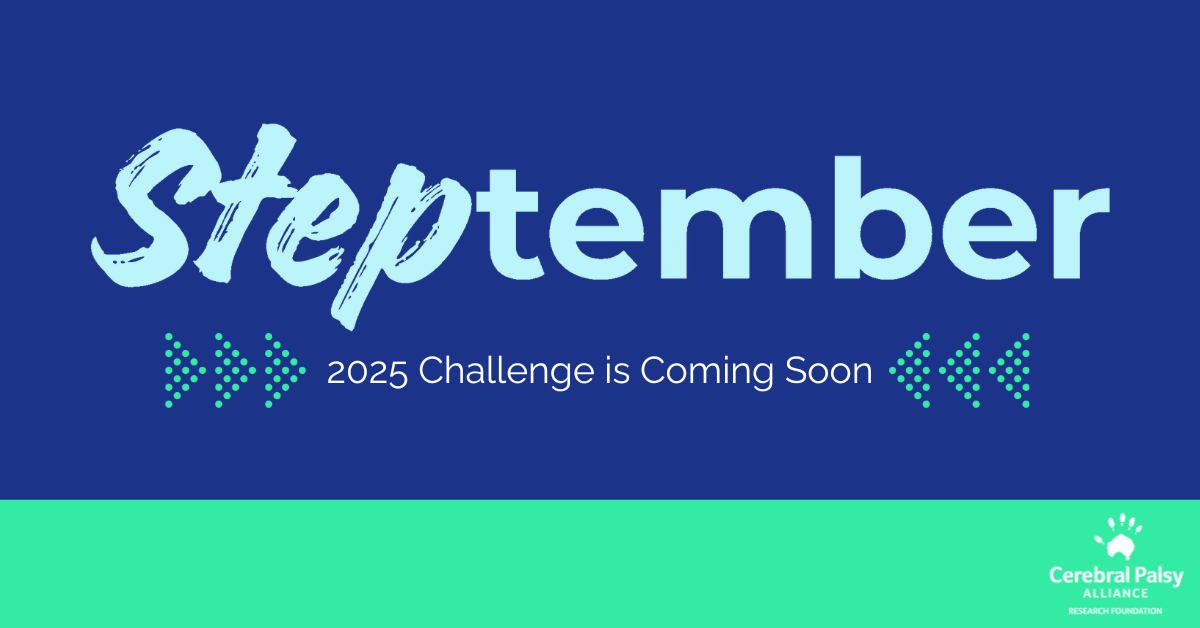
That’s a Stretch
By Todd Williams*
THE GIST: There are lots of different ways to stretch, and I’ve highlighted three below. You should stretch before you’re active, while you’re moving, after you’re done, and whenever you feel like it. People with disabilities can benefit from daily stretching to help maintain their range and abilities.
THE LONGER READ:
WHY WE STRETCH
Stretching is part of maintaining healthy muscle and joint mechanics. When we stretch our muscles, we’re attempting to improve muscle length a.k.a. tissue extensibility. By doing this, we can improve our joint range of motion, our participation in activities, and our performance. It can help reduce pain — and it can even help prevent injury.
HOW WE STRETCH
There several different types of stretching and I’ll cover a few.
When most people think of stretching, they think of a static stretch. To perform this type of stretch, you lengthen whatever muscle you want to stretch and then hold that position for 30 seconds to a minute.
The second most common stretch is the dynamic stretch. This type of stretch includes various movements that actively take the joint through its full active range of motion and lengthen the muscle in the process. Examples include air squats or lunges, though there are many types.
A more advanced form of stretching is proprioceptive neuromuscular facilitation (PNF). There are many forms of PNF and “contract relax” is one of the most common. This is a more advanced form so please use caution if you try this on your own.
To do this, you set yourself up for a static stretch and relax into the position for 10 to 15 seconds. Then you contract the muscle in an isometric hold for the same amount of time and then you relax the static hold. Repeat this process three or four times.
The PNF is the most effective for improving joint mobility, but all three types can help keep your muscle and joints ready for any activity.
WHEN WE STRETCH
Treat stretching like you’re talking to your body through movement. Timing is important to get the most out of your stretch. Before doing an activity, it’s best to do PNF or dynamic stretching. This will allow your body to make appropriate adjustments. You wouldn’t want to get straight from sitting to running a long distance without a stretch, because your circulatory, nervous, and digestive system must change in order to prepare for the run. By beginning with a dynamic or PNF stretch, you’re telling your body that it’s time to get ready, and allowing it to make the changes it needs to.
You should also stretch after you exercise. Just like you have to tell your body to get ready to move, you have to tell your body to get ready to move less. All three forms of stretching can be performed after an activity and during this time, you can work on mobility that you’re trying to improve.
Post-exercise, your muscles, bones, joints, ligaments, and nervous system are all primed for mobility with increased blood flow and activation from your activity — so take advantage of this time to improve your mobility.
You can also view your post-exercise stretch as recovery. Certain activities will create movement bias patterns, which can lead to limiting adaptations over time. For example, when I go for runs, my hip flexors, adductors, and lower back tighten up from my running gait mechanics. To counter this, I work on stretching these specific areas after each run.
The third time to stretch is during an activity. If you’re doing repetitive movements in your exercise program, it’s a good idea to take time during your workout to stretch and eliminate any potential movement biases. For example, about half way through a long run I’ll stop to complete air squats and lunges and then walk at a quick pace to reduce the impact of overusing my hip flexors, adductors, and low back. And when I lift weights, I’ll do static stretches between sets so I’m in the best position to complete the next set.
The fourth time you can stretch is just for the sake of stretching. I encourage you to formulate your own mobility routine that focuses on four to five movement patterns that you want to perform better. This can be squats or lunges or the pancake or side splits. It can be standing or sitting with optimal posture. It could be maintaining midline in a seated position. It can be reaching your toes or looking over your shoulder. All to help you move a little more.
WHAT WE STRETCH
The activity you do will dictate your stretching routine. It’s a good idea to have at least one stretch for every part of your body. You don’t have to do this every day, but every week is a good start. Find one stretch for each body part and then break it down throughout the week or throughout the day. The best practice is to match what activity you are participating in with your stretch. Working on squats? Perform a hip mobility program. Working on your core stability? Focus on a spine mobility program. The key is to think through your movement. At first, it can seem difficult, but once you learn your body’s rhythm it will become easier — and even automatic.
STRETCHING FOR PEOPLE WITH DISABILITIES
Stretching may be different for people with disabilities, but it’s just as important — and the stakes are usually higher for stretching. Stretching often means these individuals can continue performing everyday day tasks and countering whatever is going on due to their disability.
Personally, I have to stretch. I stretch while I hope to keep the mobility I have — and to improve my mobility, if possible. If I don’t stretch, I start to lose my ability to perform everyday tasks. With my patients, I compare this to a game of tug of war. On one side, you have yourself and everything you’d like your body to be able to do. On the other side, you have the primary impairments of your condition. These include things like spasticity, dystonia, hypertonia, and others.
Each day we must choose to pick up that rope and hold tight so that we don’t lose ground to our primary impairments. When I succeed in stopping the progression for myself, I celebrate that because it’s one more day when I can do what I do. I encourage my patients to see this as a chance to celebrate, too. I always hope to improve, but I also allow myself the space to celebrate the win of slowing down my decline — and stopping it altogether on the good days.
STEPtember to Remember: Blogging It Out is a series by Todd Williams, CPARF’s STEPtember Fitness Ambassador. Todd is a traveling physical therapist who’s training for the 2019 New York City Marathon — and he has cerebral palsy. The posts featured in this series showcase his personal perspective.
*This blog series doesn't constitute professional medical advice. Only you and your doctor know what's best for you, so please consult your doctor for medical advice. This blog series also shouldn't be read or construed to contain any medical advice or medical endorsement by Cerebral Palsy Alliance Research Foundation.
Mon 08 Sep 2025
We’re proud to share that CPARF’s 2025 Remarkable US Accelerator cohort kicks off this week! This program supports disability-focused startups that are developing cutting-edge assistive technology. Remarkable US brings life-changing ideas to market faster and ensures people with disabilities can access affordable new technology as soon as possible. Meet the 2025 Cohort: The […]
Wed 21 May 2025
Are you ready for STEPtember 2025? We’re officially in double digits — CPARF is celebrating 10 years of funding groundbreaking cerebral palsy research and driving innovation forward. And there’s no better way to mark this milestone than with our biggest, boldest STEPtember yet. Thanks to you, STEPtember has grown into a global movement that powers […]



